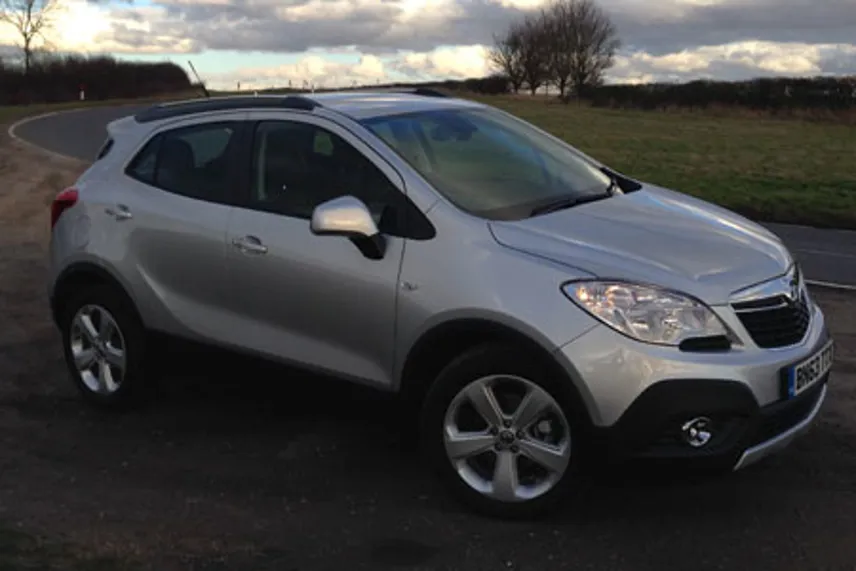Review
My first full month with the Vauxhall Mokka has now passed and so far I'm enjoying the SUV experience.
The high seating position gives excellent visibility from the cabin – something both my passengers and I have appreciated – and the taller bodystyle also means the Mokka is relatively easy to find in a car park, as the roofline sits higher than standard saloons and hatchbacks.
There's no mistaking it's an SUV when driving it either, as its centre of gravity feels noticeably higher than that in the hatchback I was running before, meaning it prefers to be driven gently around corners rather than briskly.
The 1.7-litre CDTi engine is also happiest being driven in a relaxed manner. It produces 130hp and 221lb-ft of torque, but tall gearing gives the impression that less power is available, while diesel clatter becomes quite intrusive in the cabin if the engine is pushed.
The Mokka's engine is Vauxhall's long-serving Isuzu-derived unit, which was first used in the Mk3 Astra (on sale 1991-1998), so, despite a long history of improvement though evolution, its lack of refinement is perhaps not surprising.
This engine is being phased out in other Vauxhall model ranges and being replaced with a much quieter 1.6 CDTi unit, but there's no word yet if it's coming to the Mokka.
The engine is helping our SUV to an average test fuel economy of 53.4mpg, compared to the official combined figure of 62.8mpg.
The real-world figure is also significantly lower than the 59-60mpg reported by the onboard trip computer.
The trip computer can also tell you the effect on fuel consumption operating equipment such as air conditioning has.
For example, it let's you know that the air conditioning system uses 0.02-0.1 gallons an hour, and the heated rear windscreen consumes 0.05 gallons an hour.
These aren't huge amounts, but it's information the frugally-minded may find interesting.















